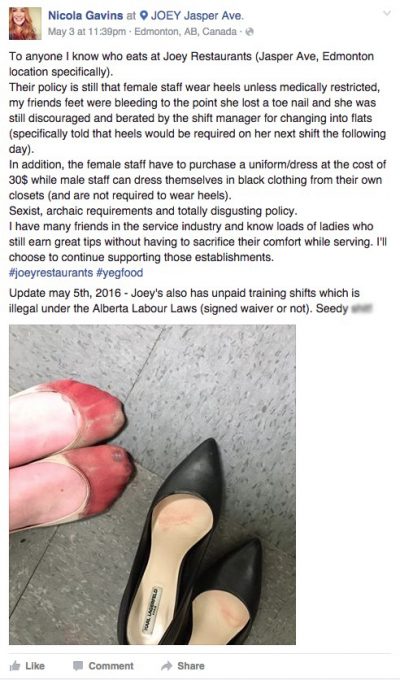BLOG
Dress code; a flexible option or rigid requirement?
Jul 11 2016
Darren Best

 It’s not the 1900s, and women can wear what they want, right? Well, of course, office expectations vary from company to company. But that’s what we’re talking about here. What’s the general rule when it comes to office dress code?
We’re in a time when your gender is as much fluid as the coffee you drink. And equality is at the forefront of our minds and our everyday. A time where archaic rules just don’t fit into our way of life. The lines between work and home are blurring, and remote working is becoming a common practice. All of this combined creates an ambiguous cocktail of office dress boundaries, more confusing than the details of the Referendum.
It’s not the 1900s, and women can wear what they want, right? Well, of course, office expectations vary from company to company. But that’s what we’re talking about here. What’s the general rule when it comes to office dress code?
We’re in a time when your gender is as much fluid as the coffee you drink. And equality is at the forefront of our minds and our everyday. A time where archaic rules just don’t fit into our way of life. The lines between work and home are blurring, and remote working is becoming a common practice. All of this combined creates an ambiguous cocktail of office dress boundaries, more confusing than the details of the Referendum.